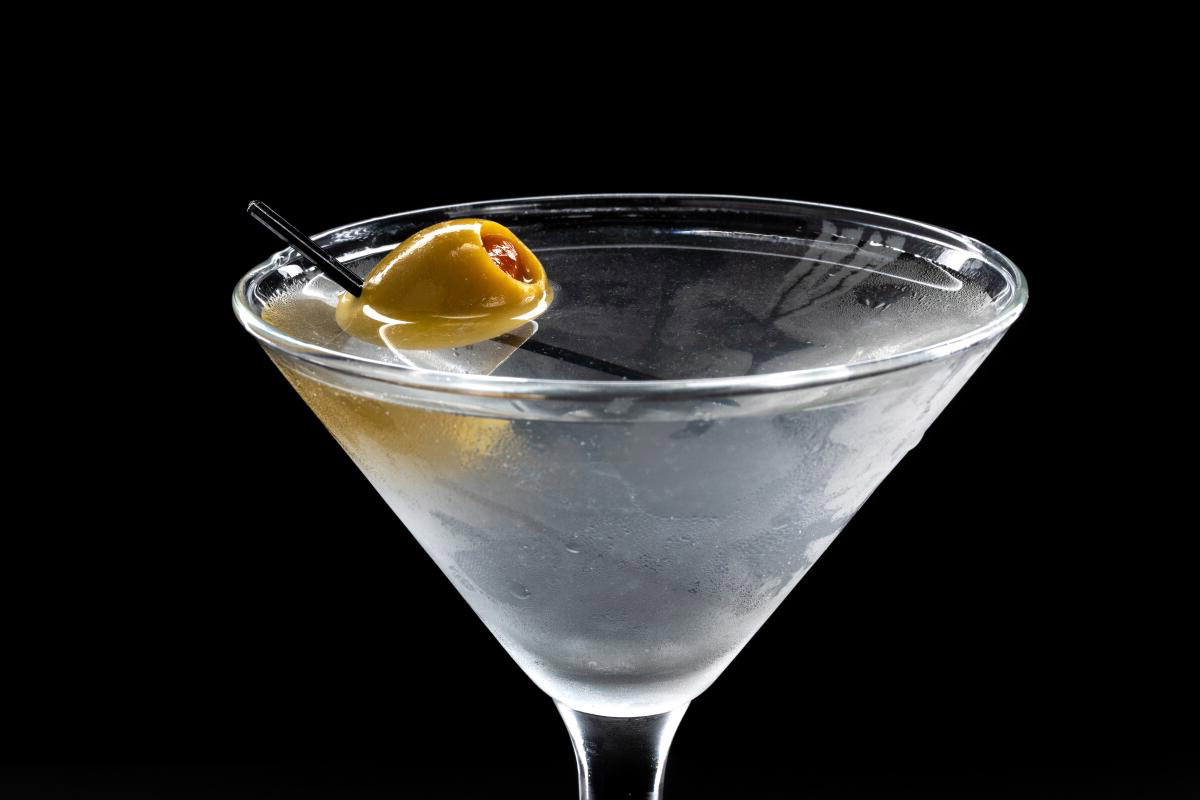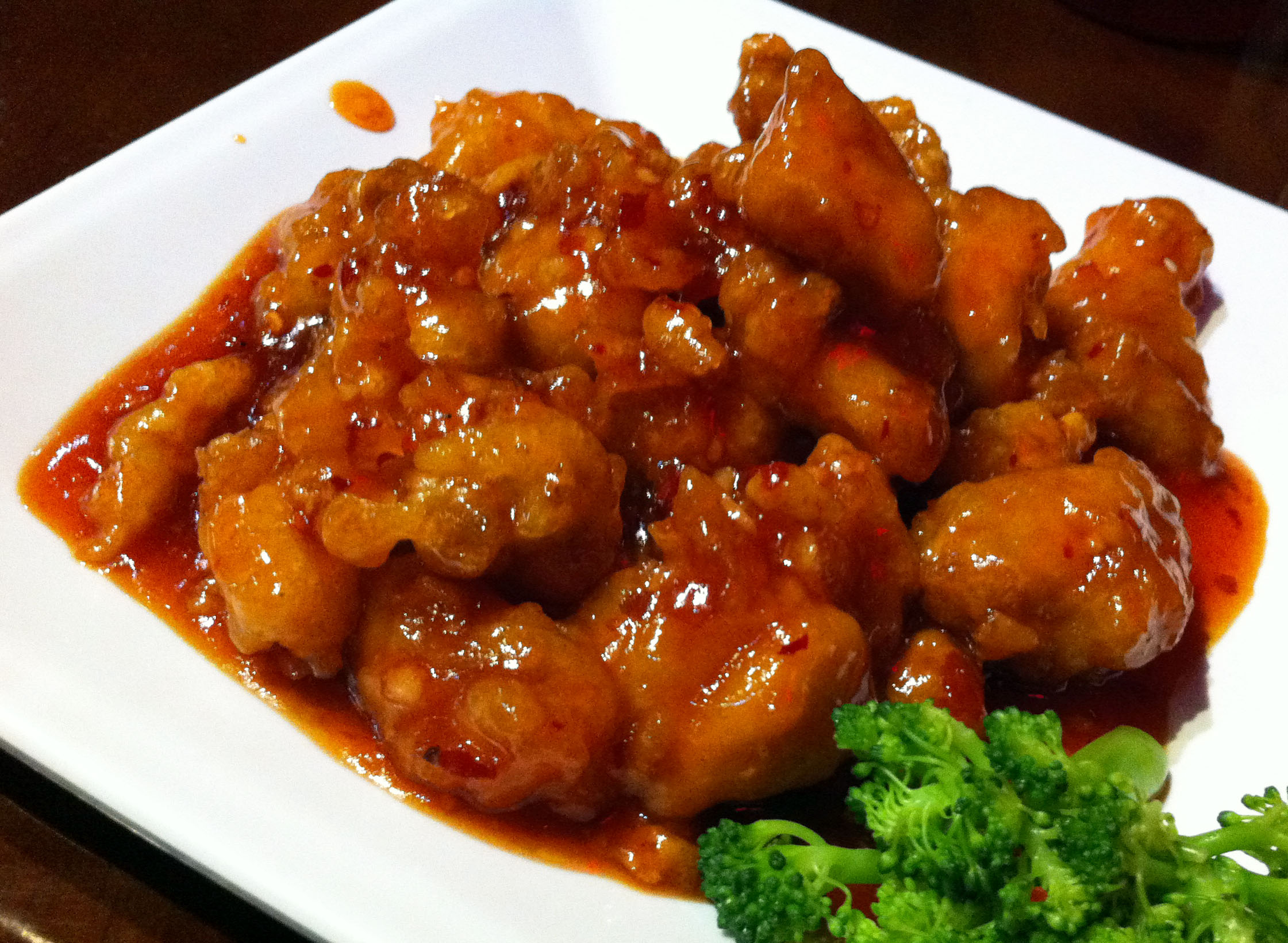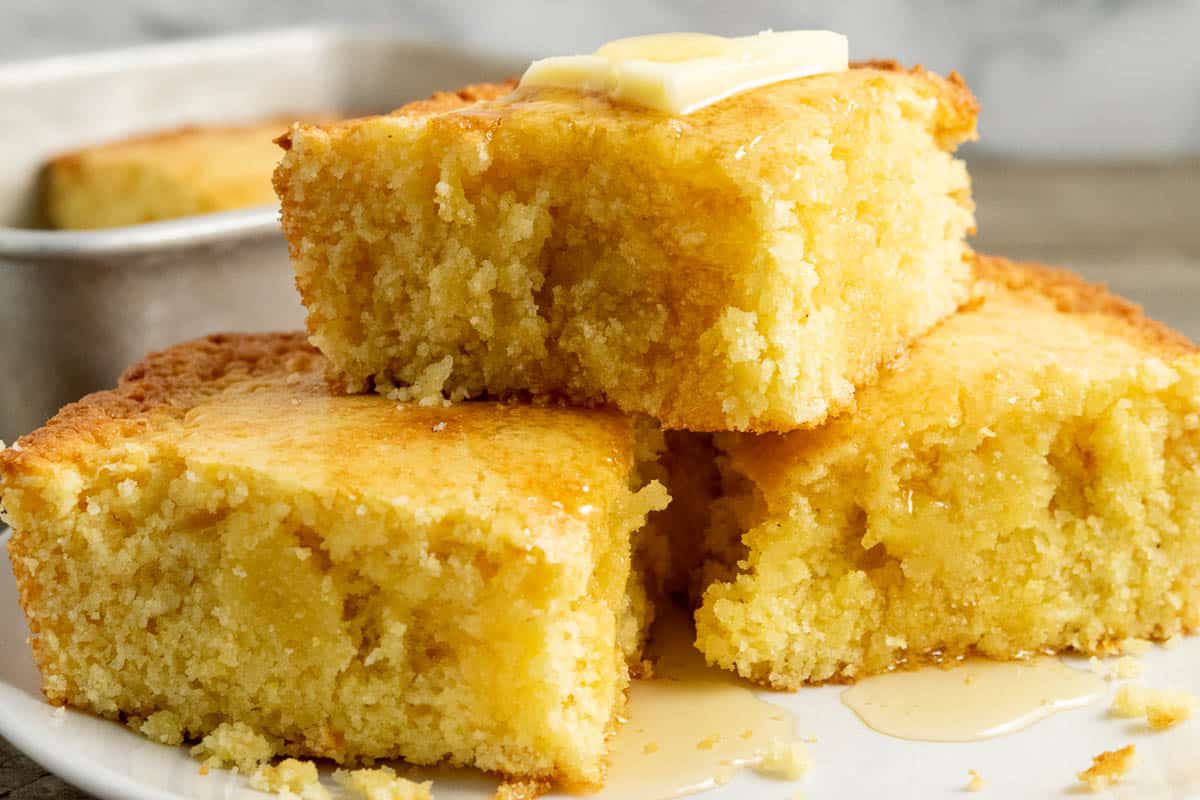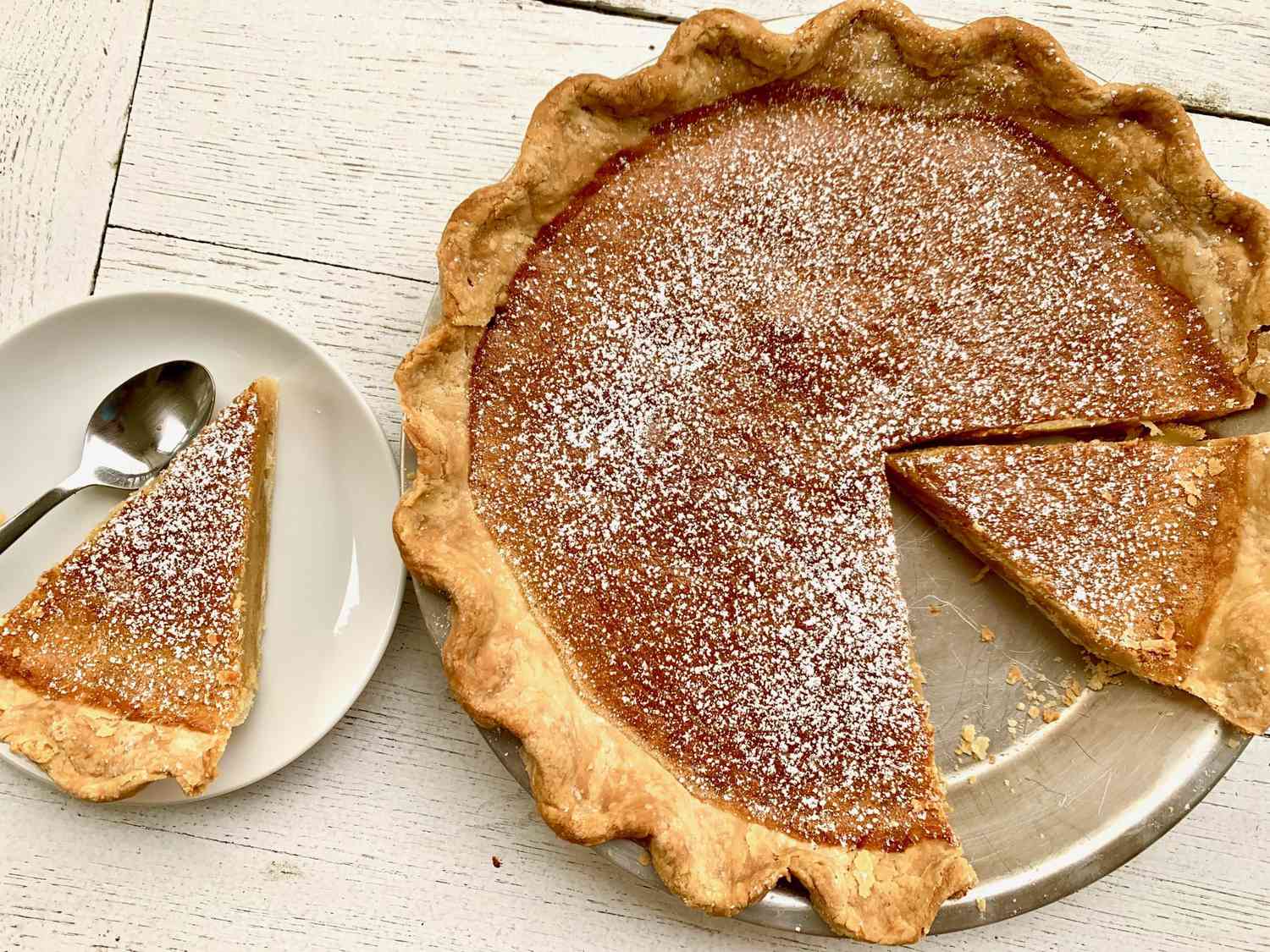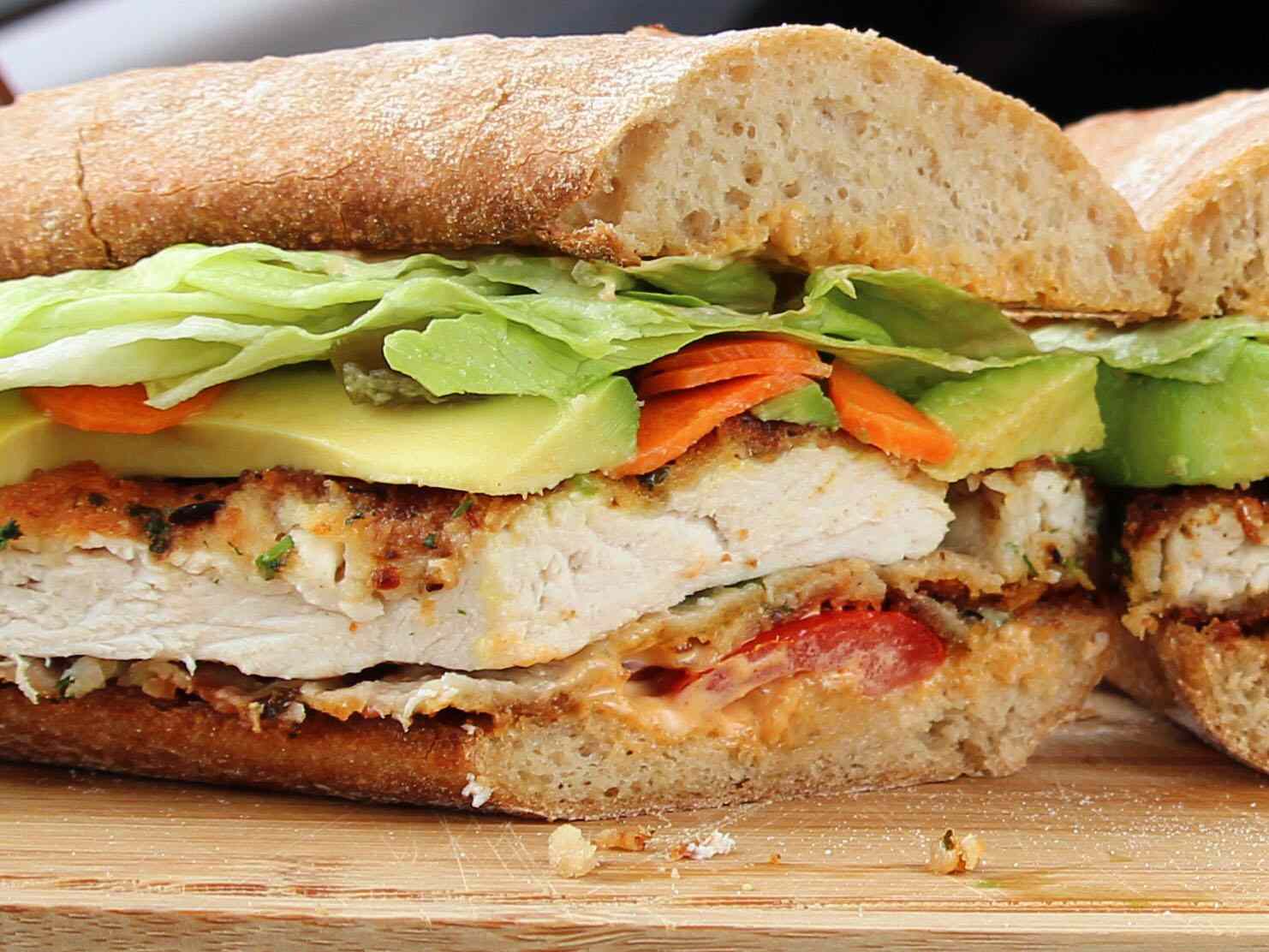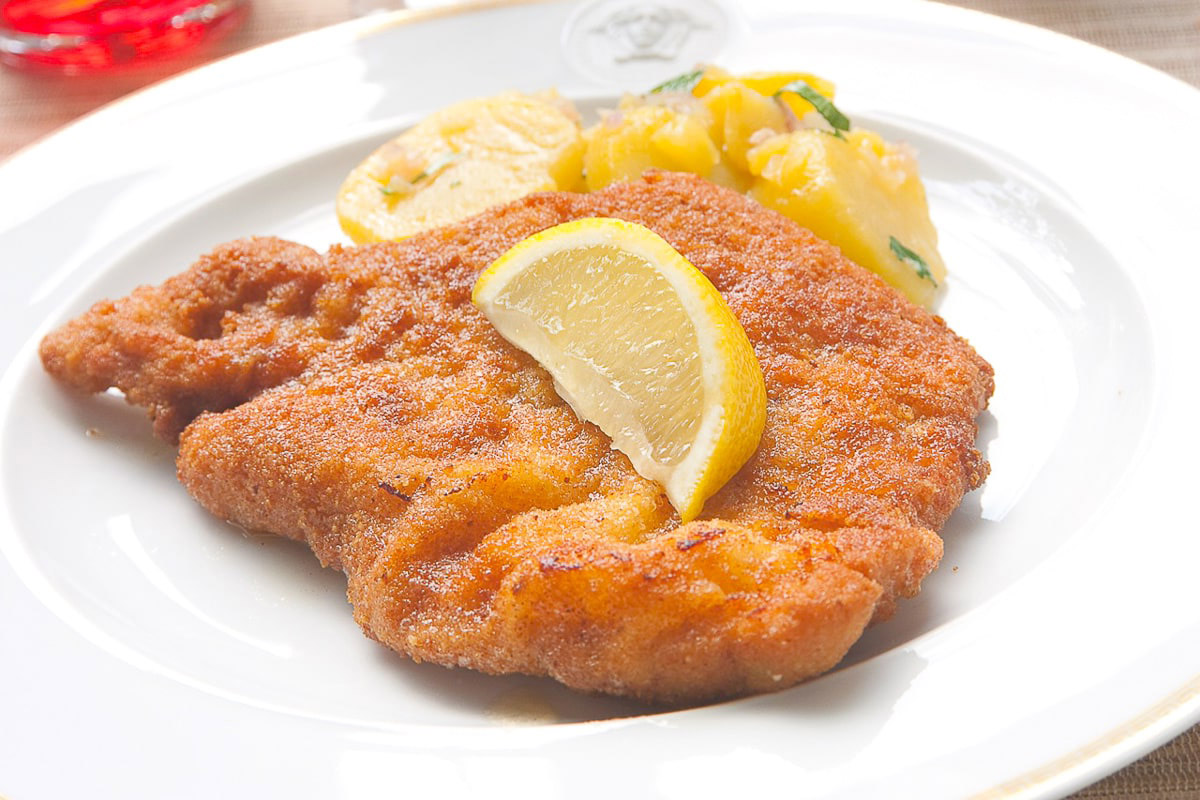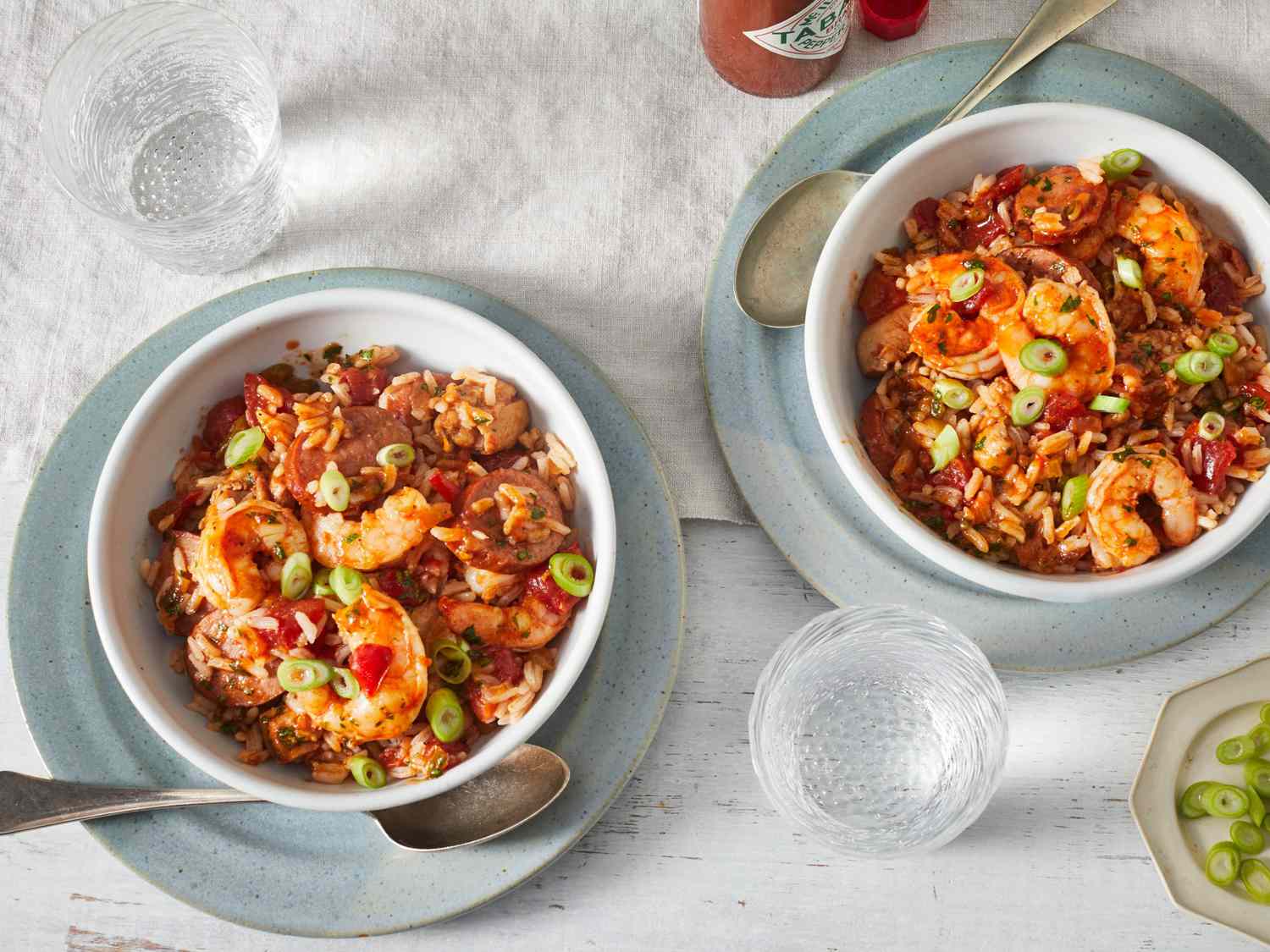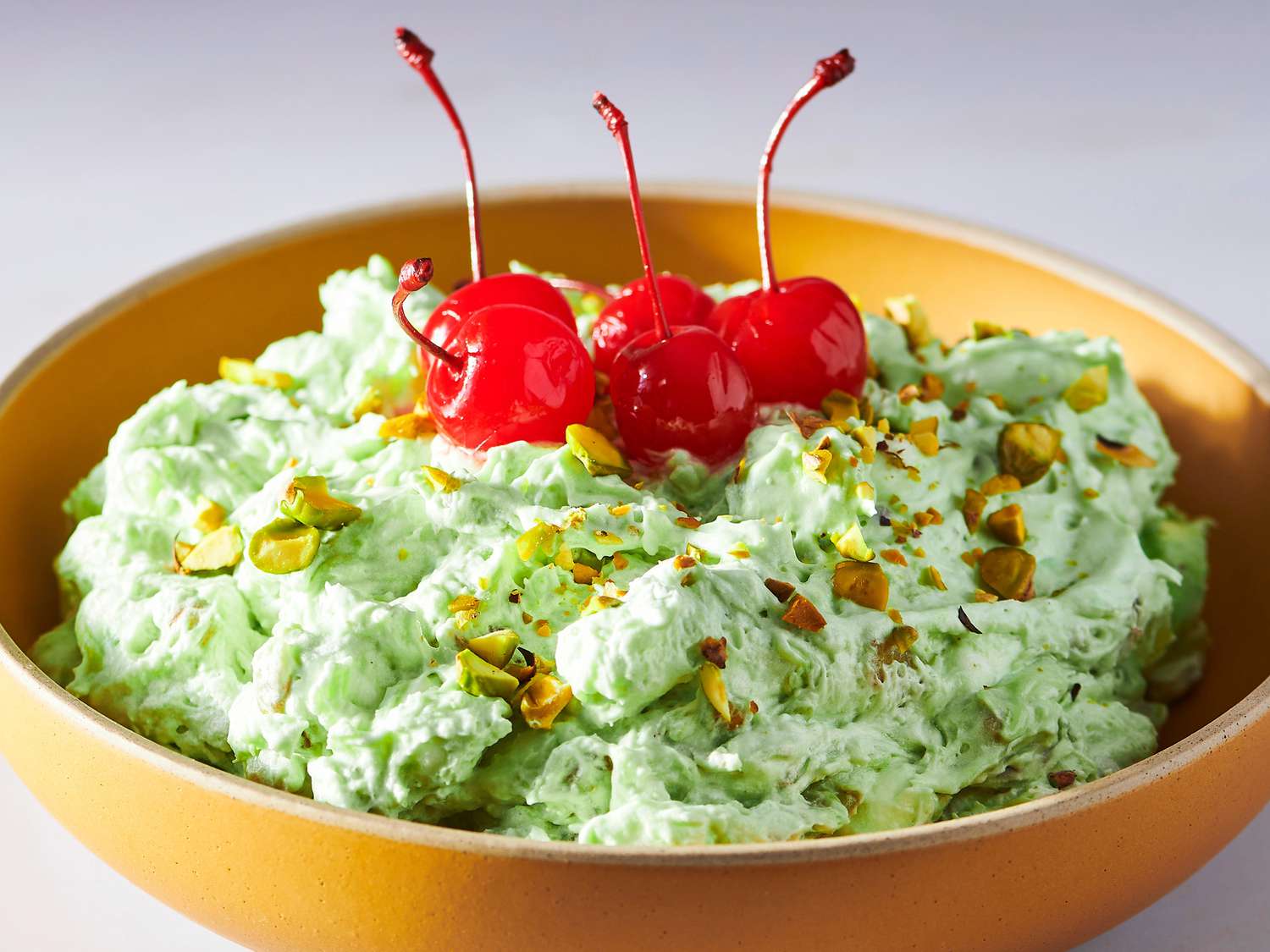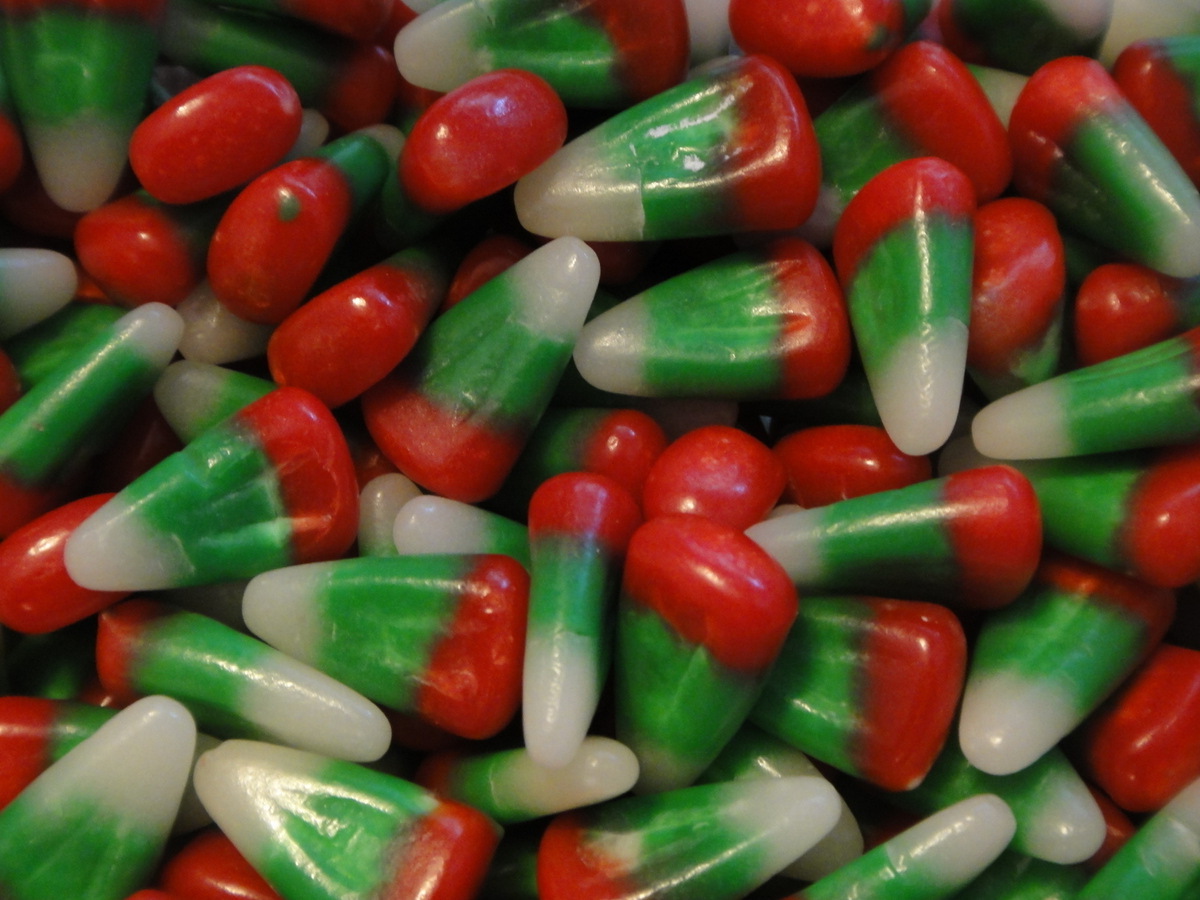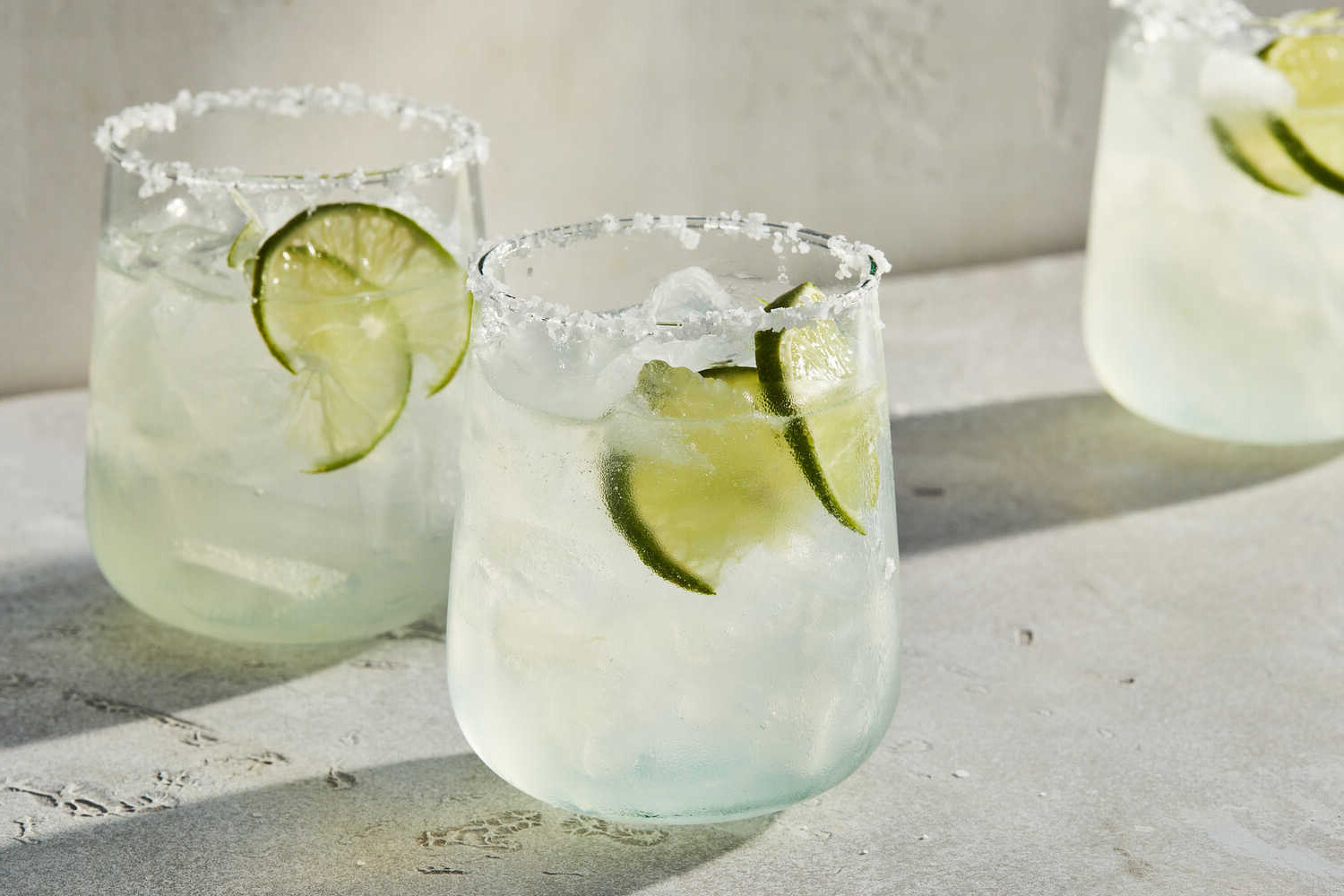Creole food is a unique and flavorful cuisine that has its roots in the cultural melting pot of Louisiana. This style of cooking blends elements of French, Spanish, African, and Native American culinary traditions to create a rich and diverse culinary experience. In this blog post, we'll explore the history and key characteristics of Creole food, as well as some popular dishes that showcase its vibrant flavors.
A Brief History of Creole Cuisine
Creole cuisine has deep historical roots that can be traced back to the colonial era of Louisiana. The term "Creole" originally referred to people of European descent who were born in the colonies, but over time, it came to encompass a diverse mix of cultures and ethnicities. This cultural fusion is reflected in the food, which combines techniques and ingredients from various culinary traditions.
Key Characteristics of Creole Food
Creole food is known for its bold flavors, vibrant spices, and rich, indulgent dishes. Some key characteristics of Creole cuisine include:
-
Flavorful Seasonings: Creole dishes often feature a mix of spices and herbs, such as thyme, oregano, and cayenne pepper, that give the food its distinctive taste.
-
Holy Trinity: The "holy trinity" of Creole cooking consists of onions, bell peppers, and celery, which form the base of many dishes and provide a depth of flavor.
-
Seafood: Given Louisiana's proximity to the Gulf of Mexico, seafood plays a prominent role in Creole cuisine. Dishes like gumbo and jambalaya often feature shrimp, crab, and other fresh catches.
-
Roux: A key element in many Creole dishes is the roux, a mixture of flour and fat that is used to thicken sauces and soups.
Popular Creole Dishes
Creole cuisine is home to a wide array of mouthwatering dishes that have become beloved staples both in Louisiana and beyond. Some popular Creole dishes include:
-
Gumbo: A hearty stew made with a variety of meats or seafood, okra, and the holy trinity, all simmered in a flavorful broth thickened with roux.
-
Jambalaya: This one-pot dish combines rice with a mix of meats, such as sausage, chicken, and shrimp, along with vegetables and Creole seasonings.
-
Red Beans and Rice: A comforting dish featuring red beans simmered with onions, bell peppers, and spices, served over a bed of fluffy white rice.
-
Po' Boy Sandwiches: These iconic sandwiches are typically filled with fried seafood, such as shrimp or oysters, and dressed with lettuce, tomato, and remoulade sauce.
The Influence of Creole Food
Creole cuisine has had a lasting impact on the culinary world, with its bold flavors and diverse influences resonating far beyond the borders of Louisiana. Many chefs and food enthusiasts continue to draw inspiration from Creole cooking, incorporating its techniques and ingredients into their own creations.
In conclusion, Creole food is a vibrant and diverse culinary tradition that reflects the rich cultural tapestry of Louisiana. With its bold flavors, unique seasonings, and hearty dishes, Creole cuisine continues to captivate food lovers around the world. Whether you're savoring a bowl of gumbo or indulging in a plate of jambalaya, Creole food offers a truly unforgettable dining experience.
Was this page helpful?
Read Next: What Is Fried Pork Belly
